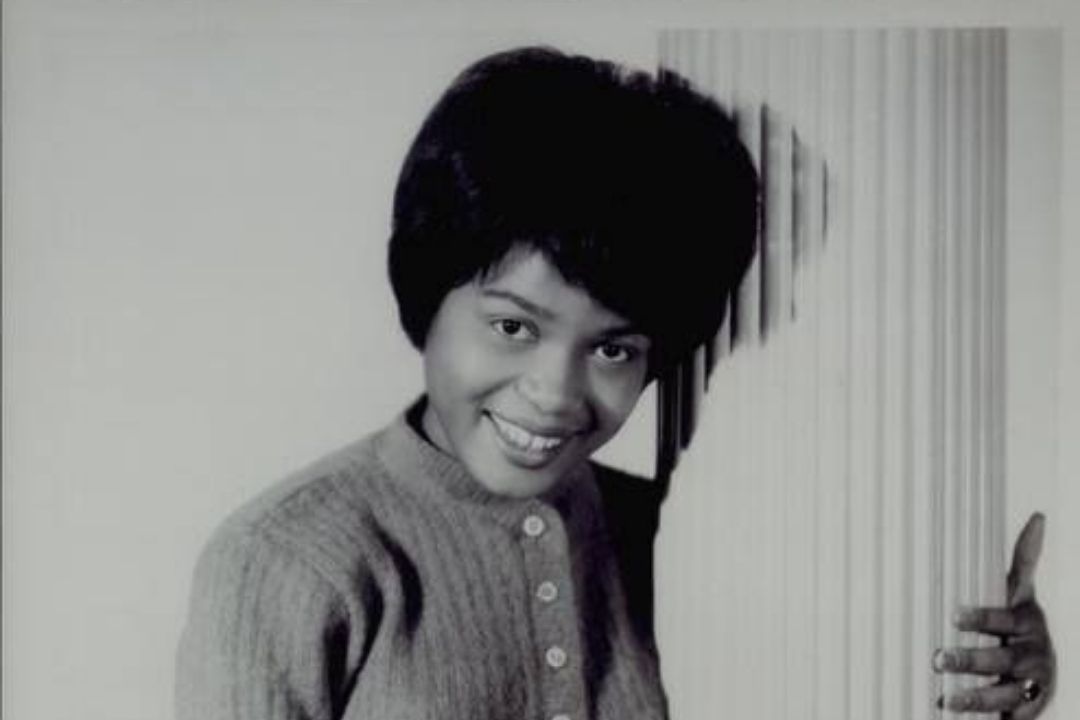About the song
Little Eva – “The Loco-Motion”
A Joyful Dance Classic That Became a Pop Culture Phenomenon
“The Loco-Motion,” performed by Little Eva in 1962, is one of the most iconic early 1960s pop songs and a defining example of the “dance craze” era. Written by the legendary songwriting duo Gerry Goffin and Carole King, the track combined catchy melodies, an infectious beat, and simple, easy-to-follow lyrics that encouraged listeners to get up and move. More than six decades later, the song remains a staple of oldies radio, dance parties, and pop culture history.
Origins of the Song
The story of “The Loco-Motion” is as charming as the song itself. Eva Narcissus Boyd, known as Little Eva, was working as a babysitter for Goffin and King when they were looking for a singer to demo a new tune. Goffin and King originally intended the song to be recorded by Dee Dee Sharp, who had a hit with “Mashed Potato Time.” When Sharp passed on the song, the duo decided to give their young babysitter a shot. Little Eva’s natural, exuberant voice brought the track to life, perfectly capturing the playful, danceable energy they had envisioned.
To everyone’s surprise, the demo quickly became the final recording. Released on Dimension Records in 1962, “The Loco-Motion” rocketed to the top of the Billboard Hot 100, reaching No. 1 and selling over a million copies. This Cinderella story launched Little Eva’s brief but memorable career and cemented the song as a classic of the era.
Musical Style and Composition
“The Loco-Motion” is a perfect example of early 1960s pop: upbeat, danceable, and irresistibly fun. The song is structured around a simple chord progression and a driving, syncopated rhythm that mirrors the movement of a train, tying in with the title and lyrics. Carole King’s piano playing anchors the track, while handclaps and a steady beat add to its dance-floor appeal.
Lyrically, the song invites listeners to join in on a brand-new dance. Lines like:
“Everybody’s doin’ a brand new dance now
(Come on baby, do the Loco-Motion)”
make the listener feel included and encourage participation. The instructions are simple, reminiscent of other dance craze songs of the time like “The Twist,” but with its own distinct character. The use of train imagery—“You gotta swing your hips now, come on baby, jump up, jump back”—gives the dance a sense of momentum and fun.
Impact on Pop Culture
“The Loco-Motion” wasn’t just a hit; it sparked a full-fledged cultural phenomenon. At the time, the early 1960s saw a wave of novelty dances sweeping the nation, and Little Eva’s song quickly joined the ranks of “The Twist” and “Do You Love Me.” Teenagers across America were learning the moves, and the track became a staple at sock hops and parties.
What makes “The Loco-Motion” unique is its longevity. While many dance craze songs faded with the decade, this one proved to have enduring power. It has been covered multiple times across different eras and genres, including a 1974 version by Grand Funk Railroad that also hit No. 1 on the Billboard charts, and Kylie Minogue’s 1987 version, which introduced the song to a new generation and became a global hit.
Little Eva’s Legacy
For Little Eva, “The Loco-Motion” was both a blessing and a curse. The song made her a star overnight, but she struggled to replicate its success. Follow-up singles like “Keep Your Hands Off My Baby” and “Let’s Turkey Trot” charted modestly but never reached the same heights. Despite her brief time in the spotlight, Little Eva’s exuberant performance on “The Loco-Motion” left an indelible mark on pop music history.
The song also underscores the influence of Goffin and King, who went on to become one of the most successful songwriting duos in pop history. “The Loco-Motion” was one of their early triumphs and showcased their knack for crafting catchy, accessible hits that captured the spirit of the times.
Musical and Historical Significance
“The Loco-Motion” holds a unique place in music history. It’s one of the very few songs to reach No. 1 on the Billboard Hot 100 three times with three different artists (Little Eva in 1962, Grand Funk Railroad in 1974, and Kylie Minogue’s version reaching No. 3 in the U.S. while topping other charts worldwide). This rare achievement speaks to the song’s universal appeal and adaptability.
Beyond chart success, the song is a snapshot of the early 1960s—a time when pop music was innocent, fun, and driven by dance crazes that brought people together. Its train-inspired rhythm and playful energy make it instantly recognizable and timeless.
Conclusion
Little Eva’s “The Loco-Motion” is more than just a dance tune; it’s a piece of American pop culture history. From its humble beginnings as a demo sung by a babysitter to its status as a multi-generational hit, the song embodies the joy, spontaneity, and communal spirit of music. Whether heard in its original 1962 version or through one of its many covers, “The Loco-Motion” continues to make people smile and, most importantly, get up and dance.
